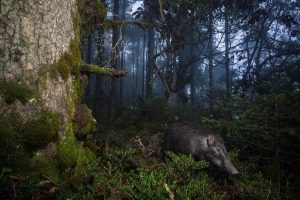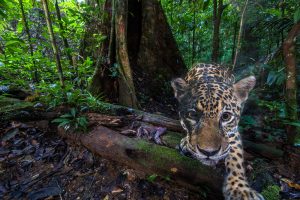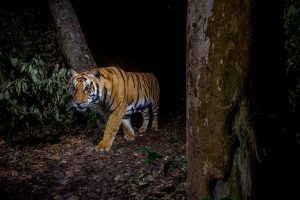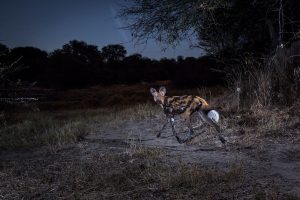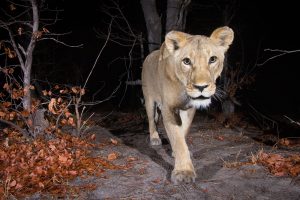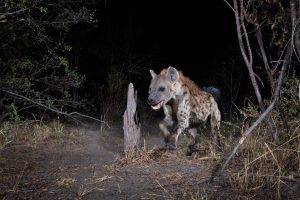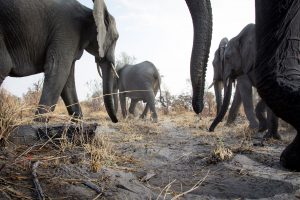When: Friday, February 21, 2020
Time: 12:00 – 1:00pm (EST UTC -5 hours)
Title: “Wildlife Insights: A new platform to maximize the use of camera trap and passive sensor wildlife data for conservation”
Presenter: Dr. Jorge Ahumada, Executive Director of Wildlife Insights
Short Bio: Dr. Jorge Ahumada is a Senior Wildlife Conservation Scientist with Conservation International’s Betty and Gordon Moore Center for Science and the Executive Director of Wildlife Insights. A native of Colombia and an ecologist by training, Jorge worked as an Associate Professor at Universidad Javeriana in Bogotá, where he founded a research lab on population and community ecology of cloud forests before joining Conservation International.

He has 20 years of experience working in applied projects, including models of malaria transmission in Hawaiian birds, tropical tree dynamics and development of methods to monitor and analyze biodiversity data. At Conservation International he has championed the use of camera traps and the Wildlife Picture Index as tools to monitor protected area effectiveness and ecosystem health as the Executive Director of the Tropical Ecology Assessment and Monitoring (TEAM) Network. Jorge has a BSc. in Biology from Universidad de Los Andes (Bogota) and a Ph.D. in Ecology and Evolutionary Biology from Princeton University.
Abstract: Wildlife is an essential component of all ecosystems. Most places in the globe do not have local, timely information on which species are present or how their populations are changing. With the arrival of new technologies, camera traps have become a popular way to collect wildlife data. However, data collection has increased at a much faster rate than the development of tools to manage, process and analyse these data. Without these tools, wildlife managers and other stakeholders have little information to effectively manage, understand and monitor wildlife populations.
In this talk, I identify four barriers that are hindering the widespread use of camera trap data for conservation. We propose specific solutions to remove these barriers integrated in a modern technology platform called Wildlife Insights. I present an architecture for this platform and describe its main components. We recognize and discuss the potential risks of publishing shared biodiversity data and a framework to mitigate those risks. Finally, I discuss a strategy to ensure platforms like Wildlife Insights are sustainable and have an enduring impact on the conservation of wildlife.
>> Registration closed

